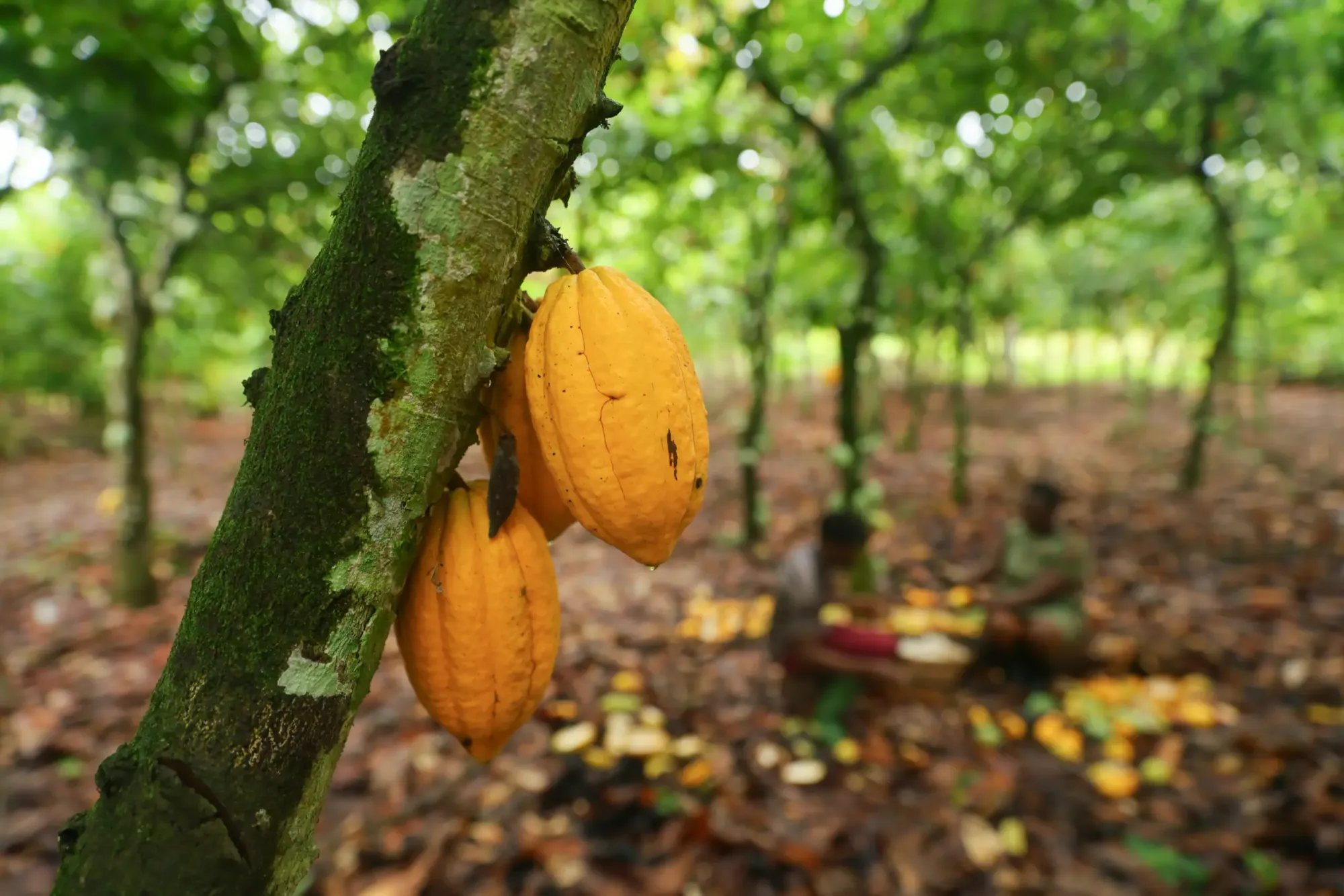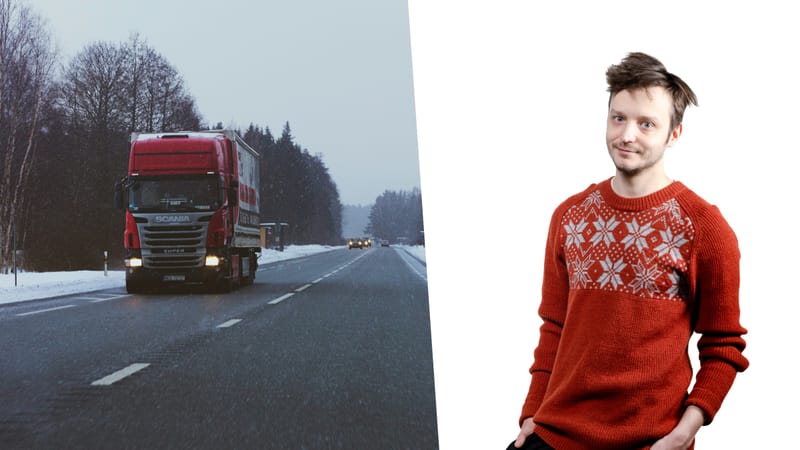Child labor has almost halved in 25 years – but in chocolate the problem remains huge
A new Fairtrade Finland survey shows that while most Finns reject child labor, many are unaware of its prevalence in cocoa farming, where up to one in three workers in Ghana and Côte d’Ivoire are children

The number of child laborers has almost halved from 246 million in the early 2000s to 138 million today, thanks to improvements in education, basic services and legislation. Yet the UN’s goal of ending child labor in all its forms by 2025 remains far off.
Some industries have proved especially resistant to change. Most of the cocoa consumed worldwide, including in Finland, comes from West Africa. In the leading producer countries Ghana and Côte d’Ivoire, up to one-third of the workforce are children.
Finns do not approve of child labor, but many are unaware of the problem. According to a survey commissioned by Fairtrade Finland in September, nearly one-third of Finns know nothing about the use of child labor on cocoa farms. Slightly more are aware of it but not of its extent.
The study shows that a clear majority of Finns, 73 percent, believe chocolate and cocoa producers bear the main responsibility to ensure that no child labor is used in products consumed in Finland. Lawmakers and authorities are seen as next most responsible, followed by retailers and cafés.
There is also strong demand for transparency: 87 percent of respondents say companies must openly disclose how they ensure their chocolate is free of child labor. Most consumers, 71 percent, would switch from their favorite chocolate brand if they learned it relied on child labor.
Combating child labor means tackling poverty
Companies have a duty to identify harmful human rights impacts in their supply chains and to take action to prevent, mitigate and remedy them. Many chocolate producers have introduced child labor standards for their suppliers.
But when farmers cannot afford to hire adults or send their children to school, unilateral requirements often do little.
“Child labor is a complex, structural issue that requires cooperation across the supply chain and with authorities – there is no single solution. The most effective way to prevent child labor is by eliminating poverty. That reality cannot be ignored if we truly want to move children from cocoa fields to classrooms,” says Janne Sivonen, Executive Director of Fairtrade Finland.
In 2024, OECD published guidelines for companies on living wages. Fairtrade has also set living income reference prices for West African cocoa, enabling companies to ensure farmer families earn a decent livelihood. Although cocoa prices – and thus farmer incomes – have risen recently, few companies guarantee farmers a living income for their crops.
“Cocoa has huge potential, being the second most important export product for Côte d’Ivoire, for example. With fairer trading terms, chocolate and cocoa could provide millions of farmers with a sustainable income – and a better future for their children,” Sivonen says.
The study for Fairtrade Finland was carried out by Verian through a nationally representative online panel between 5–10 September. A total of 1,159 adults from mainland Finland responded.





